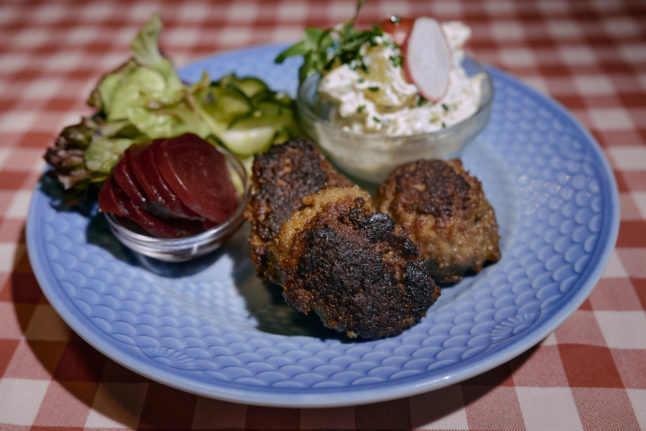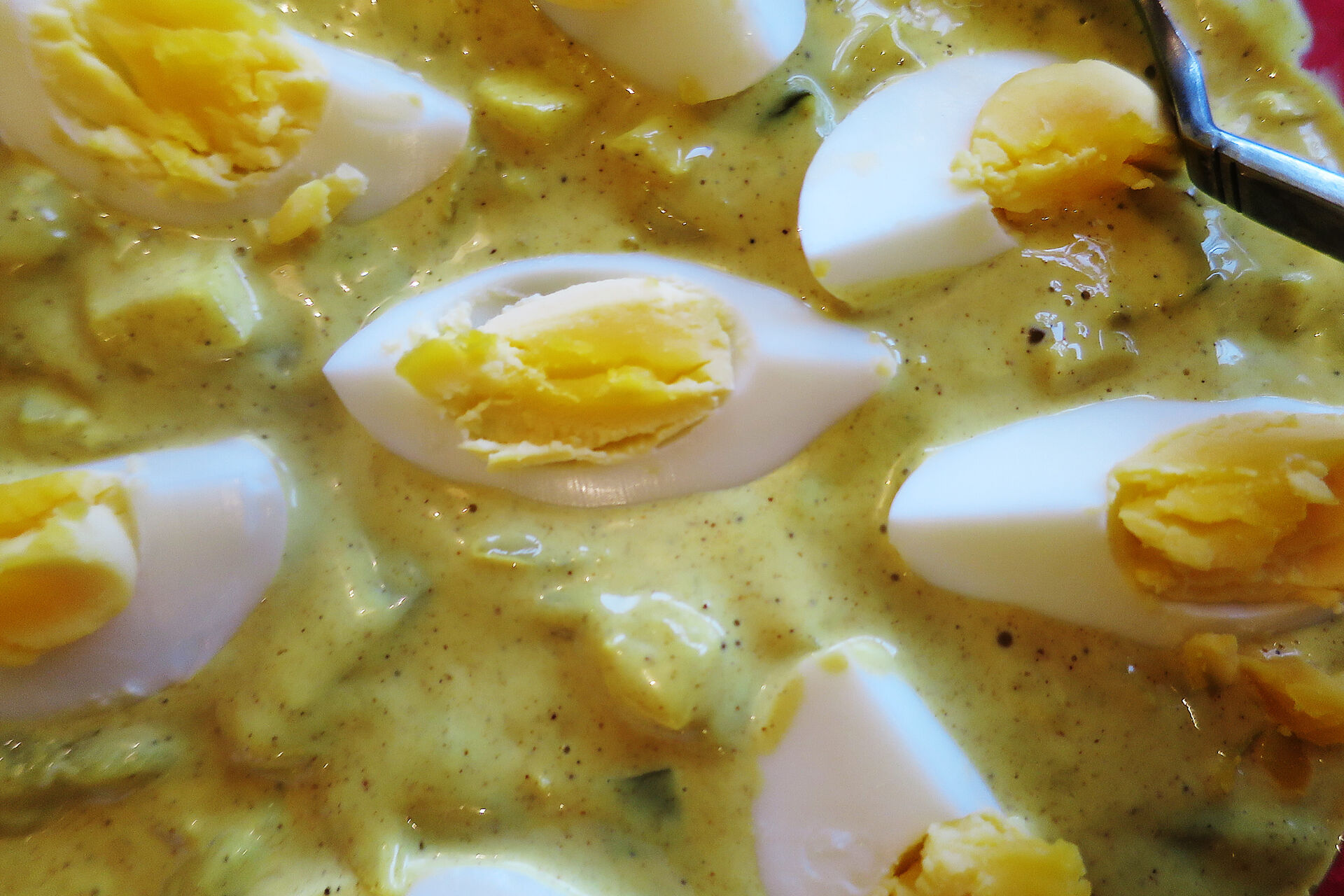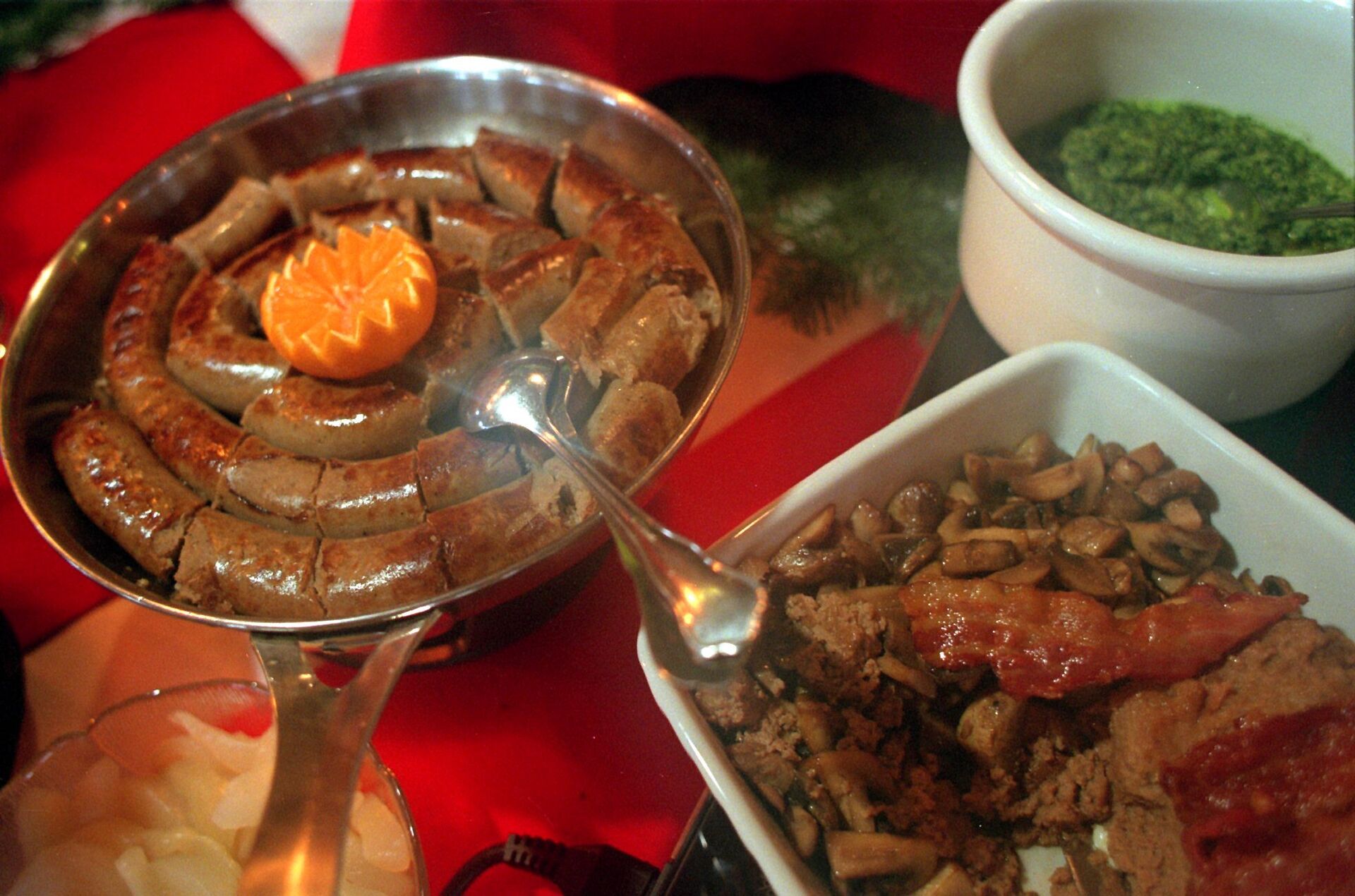The city may not be able to match the celebrity of its neighbor across the Öresund or the size of the Swedish capital, but Malmö has a fine dining scene that rivals anything in the Nordics. As evidenced by the three restaurants recognized by the recently-released Michelin Nordic Guide, Malmö’s dining reputation isn’t exactly a secret.
But still it remains often overlooked and underestimated, which is just fine with local two-starred chef Mats Vollmer.
“We are always looked at as the underdog. Nobody in Sweden expects anything from Malmö, and that works to our advantage. It’s like David versus Goliath. Even within Sweden it’s like a well-kept secret,” he said.
Vollmer’s, the restaurant Mats runs with his brother Ebbe, retained its two Michelin star rating in the new guide which was released on February 18th. The recognition has helped boost not only Vollmer’s but the whole Malmö dining scene.
“We never thought we’d get a star when we opened in 2011. When the 2015 Nordic guide came out and added Malmö, the international reputation of our restaurant and the entire city really grew because of that international stamp of approval,” Vollmer said.
Vollmer’s is not the only Malmö restaurant to get the venerated food guide’s endorsement. Both Bloom in the Park, overlooking the lake in the city’s popular Pildammsparken, and SAV, just a short ten-minute jaunt from downtown, can boast one Michelin star. Located in a historic building along the canal, the restaurant Sture lost its Michelin star this year but remains one of the city’s most popular places to eat thanks to its fusion of French and Nordic cuisines.
More budget-conscious diners, meanwhile, also have two Bib Gourmand options in Bastard and Namu.
Cooperation with local producers
Anna Berghe, a food critic and Malmö food tour guide, has witnessed – and tasted – Malmö’s culinary success firsthand. She said the trendy downtown nose-to-tail spot really helped put the city on the foodie destination map.
“Around ten years ago the restaurant scene in Malmö was quite stripped and had been stationary for quite some time. I would say that the opening of Bastard with chef Andreas Dahlberg changed the food scene and opened doors to other chefs dreaming of a place where the nose-to-tail concept would dominate, cooperation with local producers offering seasonal products would be commonplace and natural wine from smaller wine makers would dominate your glass,” she said.
The sense of local cooperation that comes from working with area producers and winemakers to source Malmö’s menus also extends to chefs who could just as easily be bitter rivals. While this is partly due to the city’s relatively small size, Berghe said it is also because of a unique Malmö mindset.
“The atmosphere is very relaxed here,” Berghe said. “It is quite a small town even though it’s the third-largest in Sweden, but what characterizes it is that there is good atmosphere and cooperation between the chefs and a great deal of humility.”
With just over 300,000 inhabitants, one could argue that Malmö’s food scene is bigger, better and more varied than it should be. But the smaller size works to the advantage of diners, both the locals and international food tourists.
“The diversity in Malmö is fantastic due to its inhabitants from cultures all around the world. You can have a falafel for 25 kronor and a 20-course tasting menu for just under 2,000 kronor. Compared to Copenhagen and Stockholm, Malmö is still a very cheap town to go out and eat in relation to the quality you get on plate and in glass,” Berghe said.
Vollmer, who stressed that he’s “not a pretentious type of guy” when it comes to eating out, said some of his favorite local dining options include Kvarteret Åkern and the café at Katrinetorp. Berghe’s list of local recommendations is as long as you might expect from someone so intimately in tune with the Malmö dining scene. In addition to Bastard, which she called “an institution in Malmö”, she offered plenty of options including Lyran, Västergatan, Riket, Malmö Saluhall, Mitt Möllan Food Court, Plantmagic Kitchen and Soi 29, to name just a few.
While not all of Malmö’s offerings can carry a Michelin star, the city’s condensed culinary scene means that a fine dining restaurant is always just a stone’s throw away.
Deviating from the typical Scandinavian humbleness (just Google the ‘Law of Jante’ if you’re not familiar), Vollmer took credit for his role in putting Malmö on the foodie map.
“When we got two stars people were like: ‘Really, there’s a two-star restaurant in little Malmö?’,” he said. “When my brother and I opened the restaurant, we wanted to give back to Malmö in a way and I am very proud of helping to change the image of the city.”
This article was produced by The Local Creative Studio and sponsored by Malmö stad.





 Please whitelist us to continue reading.
Please whitelist us to continue reading.
Member comments